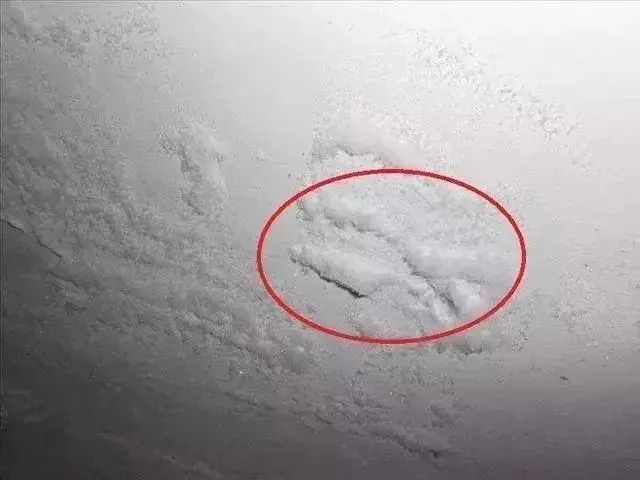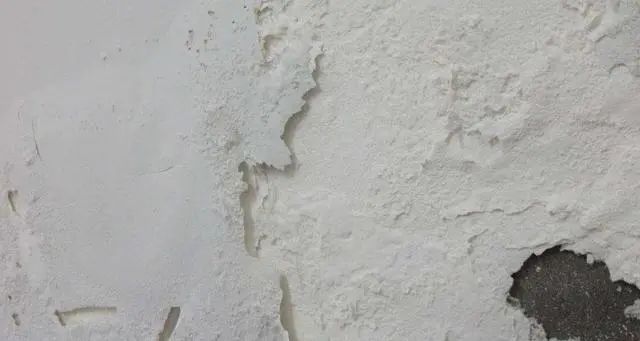Wall waterproofing is crucial in home renovation, especially for walls adjacent to bathrooms, to protect the house structure from moisture and water infiltration. So, what details should we pay attention to when waterproofing walls?

1. Preparation of the Structural Base Layer:
Before construction, the base layer must be clean and flat. If there are cracks or protrusions, they need to be repaired and smoothed out with a spatula, and the inner and outer corners should be rounded to prevent the waterproof coating from accumulating and missing areas. The base surface should also be moistened before applying the coating.
2. Waterproof Coating Application:
The coating should be applied evenly and carefully, especially at the corners. The first layer should not be too thick. The second layer should be used in a crisscross pattern to ensure complete coverage. For bathrooms, the waterproof height of shower walls should be up to 180 cm, while other walls should not be less than 30 cm. Lightweight walls or walls adjacent to cabinets should also be fully coated.

3. Maintenance of the Waterproof Layer Post-Construction:
After construction, the area should be cordoned off with protective tape, and warning signs should be placed. The coating should be maintained by covering it with a damp cloth or spraying it with water. Avoid stepping on, wetting, exposing it to sunlight, or causing sharp damage to the coating until completely dry. Special care should be taken not to damage the waterproof layer during the later installation of fixtures. If any damage is found, it should be repaired promptly.
4. Final Water Sprinkling Test:
We can test the effectiveness of the wall waterproofing with a water sprinkling test. After the waterproof coating is completely dry, spray water continuously on the wall for 3-5 minutes and observe if there is any seepage on the outer side of the wall. If there is none, the waterproofing is effective.
Additional Tips:
While it is feasible to coat all bathroom walls with waterproofing, rigid waterproof coatings are recommended to avoid tile detachment. If flexible waterproof materials have been used, roughen the surface before tiling or use better adhesive materials like QingLong tile adhesive or QingLong back adhesive to ensure proper tile installation.




